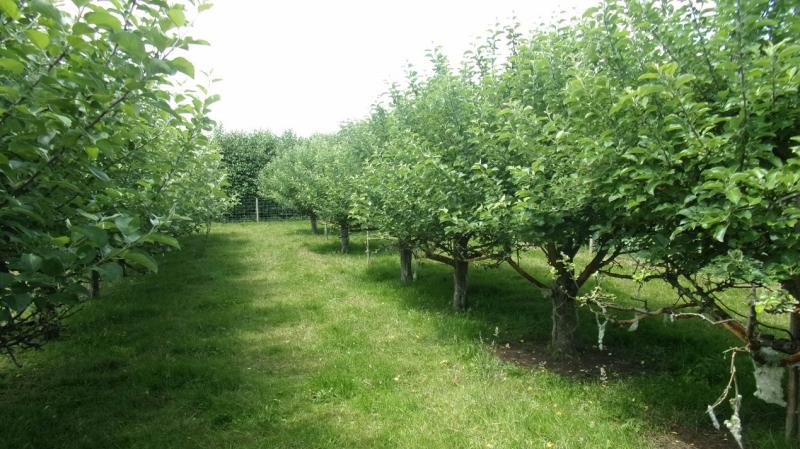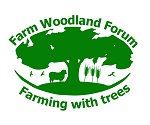Active farmers receive payments under the Basic Payment Scheme (BPS), although BPS payments are subject to cross-compliance to ensure that environmental measures are adopted.
There is also an optional agri-environmental Environmental Farming Scheme until 2023.
Eligibility for Grant Funding – Basic Payment Scheme
Hedges (including fenced-off hedges) are eligible up to a maximum width of 4 m.
Woodland with a density of more than 50 trees per hectare is ineligible, although may be eligible for Agri-environment schemes.
Woodland with a density of less than 50 trees per hectare is eligible if grazed.
Agroforestry is eligible, even if the tree density is more than 50 trees per hectare, as long as agricultural activity remains predominant under the trees and is not significantly affected by their presence.
Single trees, lines of trees or small clumps of trees are eligible, although the area of any bare ground or mulch under them must be deducted from the claim.
Eligibility for Grant Funding – Environmental Farming Scheme
For agreements commencing in 2023 there is alowance for:
Establishment of agroforestry systems (a capital payment and an annual grant for years 2 – 5).
Creation of a traditional orchard (a capital payment and an annual grant for years 2 – 5).
Planting of new hedgerows including two protective fences (a capital payment).
Creation of riparian buffer zones with native trees (a capital payment and an annual grant for years 2 – 5). Options for 2 m-wide zone or 10 m-wide zone available).
Planting native tree corridors (shelterbelt or downwind of farm buildings to capture gaseous emissions) (a capital payment and an annual grant for 2 – 5 years).
Natural regeneration of native woodland (an annual grant for 5 years). A grant for an area where grazing is excluded, and where the carbon sequestration and biodiversity value of the site will be enhanced as outlined in a site-specific Remedial Management Plan.
The Environmental Farming Scheme is now closed, and there is no support for agroforestry in 2024. There will be support for planting of new woodlands of at least 0.2 ha under the Small Woodland Grant Scheme.
Last updated October 2023

